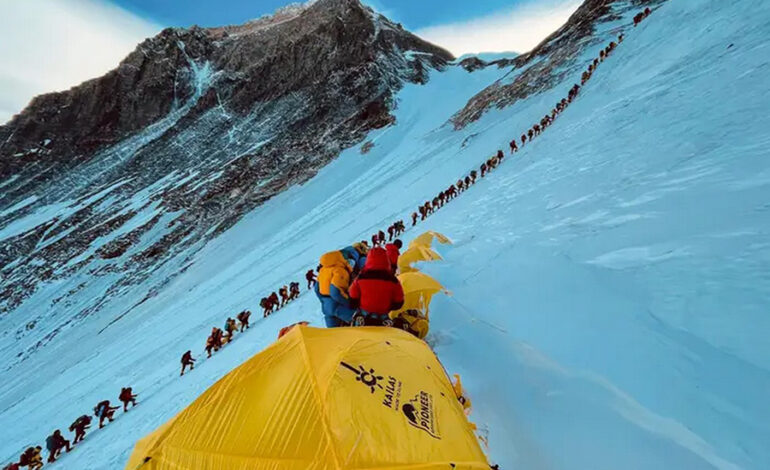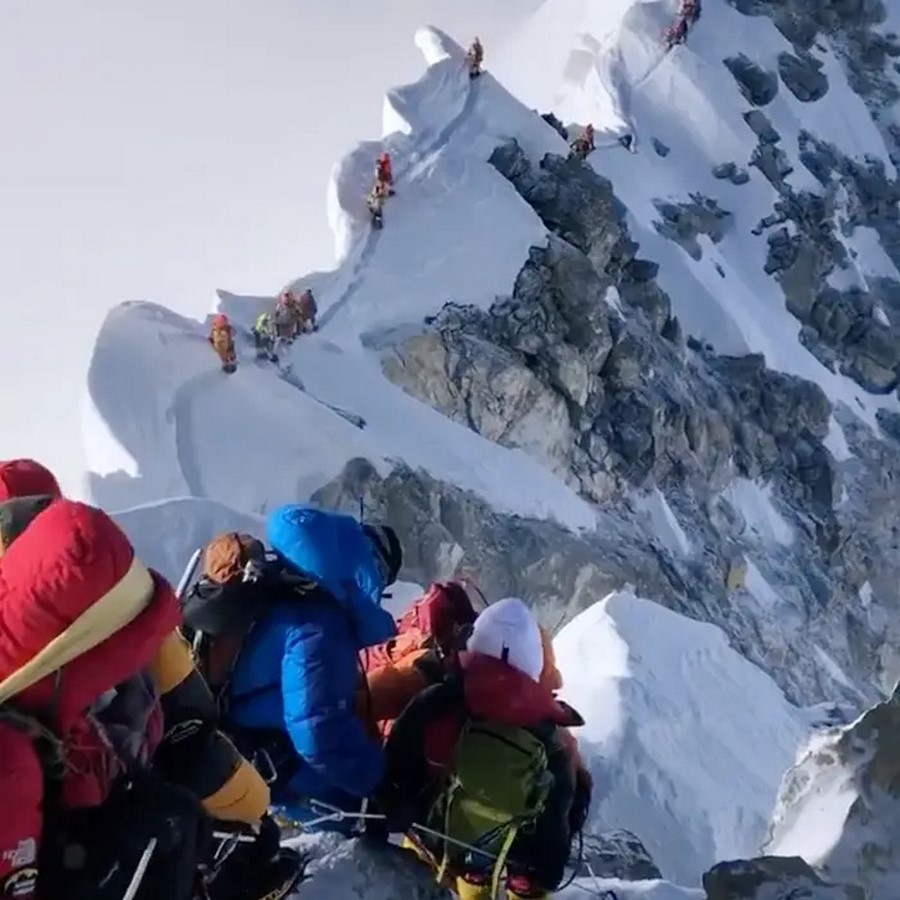Mount Everest: A Deadly Climb

Mount Everest, the world’s tallest peak, is not only a testament to human endurance but also a graveyard for many who dared to conquer its summit. The treacherous journey to the top comes with significant risks, often resulting in tragic fatalities and a haunting landscape littered with dead bodies.

Perilous Expeditions and Fatalities
Each year, Mount Everest claims the lives of numerous climbers, with an average of six deaths annually. The deadliest year in recent history was 2015, marked by a devastating avalanche that claimed the lives of 19 individuals. In 2023, climbing season witnessed a resurgence of fatalities, with at least 12 reported deaths and five climbers presumed dead, making it one of the most deadly seasons yet.

Challenges of Body Retrieval
One of the grim realities of Mount Everest is the difficulty of retrieving bodies from its unforgiving terrain. The high cost and perilous nature of repatriation, which can amount to tens of thousands of dollars, pose significant challenges. Moreover, attempts to recover bodies have proven fatal, underscoring the dangers involved in such endeavors.

Environmental and Safety Concerns
The overcrowding on Everest, exacerbated by the surge in tourism, has raised environmental and safety concerns. Constricted climbing windows, coupled with the phenomenon of “Summit Fever,” contribute to hazardous conditions and traffic congestion on the mountain. The notorious “death zone,” where oxygen levels are perilously low, poses additional risks to climbers, leading to instances of disorientation and fatal accidents.

Ethical Dilemmas and Cultural Sensitivities
The presence of dead bodies on Everest raises ethical dilemmas and cultural sensitivities. Nepalese Sherpas, who revere the mountain as sacred, consider it disrespectful to leave bodies littering its slopes. Efforts to remove bodies, albeit commendable, are fraught with challenges and complexities, reflecting the delicate balance between cultural beliefs and practical considerations.
The Changing Landscape of Everest
In recent years, Everest has become emblematic of the allure and perils of extreme adventure tourism. Despite its storied history and unparalleled beauty, the mountain grapples with issues of overcrowding and commercialization. For seasoned mountaineers, the thrill of summiting Everest has waned, overshadowed by concerns of safety and environmental degradation.
Conclusion
Mount Everest remains a symbol of human ambition and resilience, but it also serves as a sobering reminder of the inherent risks associated with conquering nature’s grandeur. As climbers continue to flock to its slopes in pursuit of glory, the mountain’s deadly reputation looms large, underscoring the need for greater awareness, respect, and stewardship of this awe-inspiring yet perilous landscape.

















